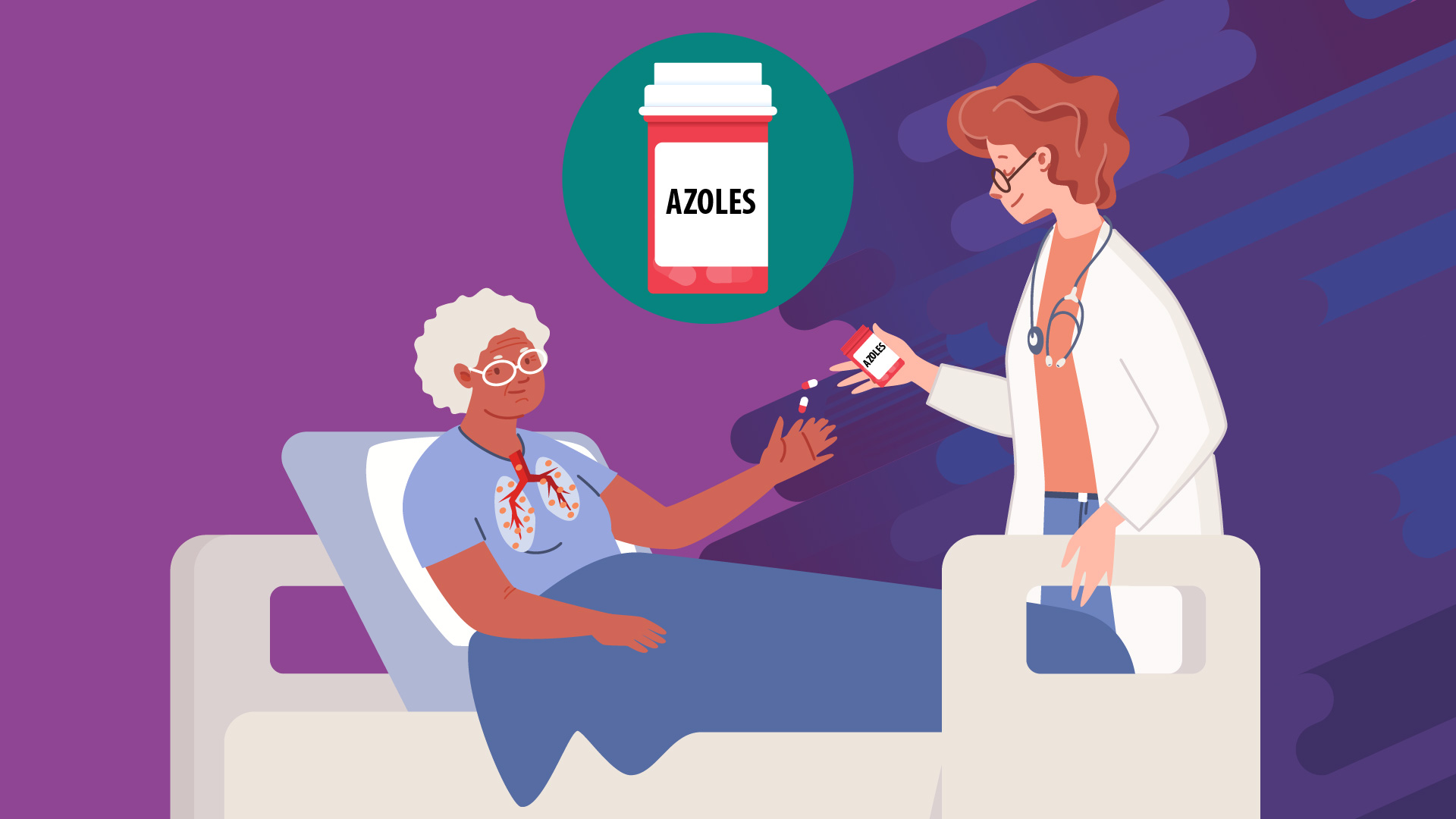Key points
- Aspergillosis is a disease caused by breathing spores from Aspergillus, a common mold.
- People with weakened immune systems or lung diseases are most at risk.
- Most people do not get sick from Aspergillus.
- Different types of aspergillosis have different symptoms and treatments.
- Antimicrobial resistance is emerging in Aspergillus fumigatus.

What it is
Aspergillosis is an infection caused by breathing in spores of Aspergillus, a common mold. Most people do not get sick from Aspergillus. However, it can cause mild to severe illness in certain populations such as people with weakened immune systems or lung diseases.
Aspergillus causes different types of infections including chronic lung conditions and widespread infections. Symptoms can be mild to severe. Treatment depends on the type of infection and usually includes an antifungal medication. Antimicrobial-resistant aspergillosis is an emerging concern.
Symptoms
Most people will not have any symptoms from exposure to Aspergillus. People with weakened immune systems or lung diseases are at greatest risk for symptoms. Symptoms range from mild to life-threatening.
Aspergillosis affects the lungs. It causes different types of infections with some differences in symptoms. Cough and shortness of breath are common symptoms among all types of aspergillosis. Some types of infections cause nasal congestion, headache, fatigue, and coughing up blood.

Invasive aspergillosis, the most severe form, occurs when the infection spreads from the lungs to other parts of the body. People who get invasive aspergillus typically already had a medical condition. People who recently had a organ or stem cell transplant are at risk. Invasive lung infections can cause fever, chest pain, cough, and coughing up blood. Other symptoms can occur if the infection spreads to other parts of the body.
How it spreads
People can get aspergillosis by breathing in microscopic Aspergillus spores from the environment. Most people breathe in Aspergillus spores every day without getting sick. However, people with weakened immune systems or lung diseases are at a higher risk of developing health problems due to Aspergillus. It cannot be spread between people or between people and animals.
Testing
Healthcare providers can test for aspergillosis by collecting samples and sending them to a laboratory. These samples may include fluid from the lung, a small section of infected tissue, or a blood test.
Treatment and recovery
Treatment depends on the type of infection and includes antifungal medications. Antimicrobial resistance is emerging in a type of Aspergillus called Aspergillus fumigatus (A. fumigatus) making it harder to treat.
Where aspergillosis comes from

Aspergillus lives in the environment
It may not be possible to completely avoid breathing in some Aspergillus spores. For people with healthy immune systems, breathing in Aspergillus isn't harmful. People with weakened immune systems can take some steps to help reduce risk.
Types of Aspergillus
There are approximately 180 species of Aspergillus, but fewer than 40 of them are known to cause infections in humans. Aspergillus fumigatus is the most common cause of human Aspergillus infections. Other common species include A. flavus, A. terreus, and A. niger.
